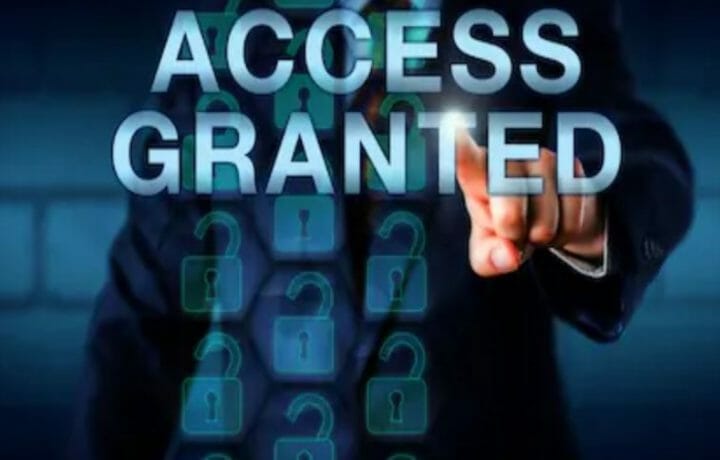The security clearance and vetting process have been under intense scrutiny since the high-profile leaks by Jack Teixeira. As we enter the first half of 2024, the challenges in implementing security clearance reform persist, with a notable rise in the backlog of clearance cases and extended processing times.
Understanding the security clearance process is essential for both hiring managers and applicants. So here’s what you need to know about the State of the Security Clearance Process in 2024.
Historical Context
The structure and foundation of the security clearance process and eligibility to access classified information comes through Executive Orders. While the National Security Act of 1947 set the framework for the security clearance process, it wasn’t until 1997 that uniform adjudicative guidelines were established. That same year the whole person concept was also introduced.
Eligibility, Access & Processing Delays
The number of individuals with a security clearance has largely stayed the same over the past 20 years, but the recent uptick in processing times is contributing to months-long delays in onboarding new cleared workers. The Defense Counterintelligence Security Agency pointed to several issues behind a recent increase in its processing times including systems outages, the ongoing transition to the National Background Investigation Services , and having to work through more complex cases.
The transition to eApp and Trusted Workforce 2.0
By the end of 2023 all of industry and approximately 85% off federal agencies were submitting applications using eApp which offers a better and faster candidate experience, a growing focus of clearance reform. As NBIS moves forward and new technological releases are made, eApp will become the security clearance application we all know and love.
Now that all security clearance holders are enrolled in Continuous Vetting, it’s time to begin the process of enrolling the entire trusted workforce into a CV solution, reducing risk across the entire federal workforce. By making CV a vetting mechanism of the public trust population, suitability becomes a bit more straightforward.
Despite the backlogs and transitions, the government is taking steps to improve the security clearance process. Sometimes those steps may seem slow, but in the community of trust, small changes can have big effects. One small step for security may be a giant leap for better workforce mobility.




